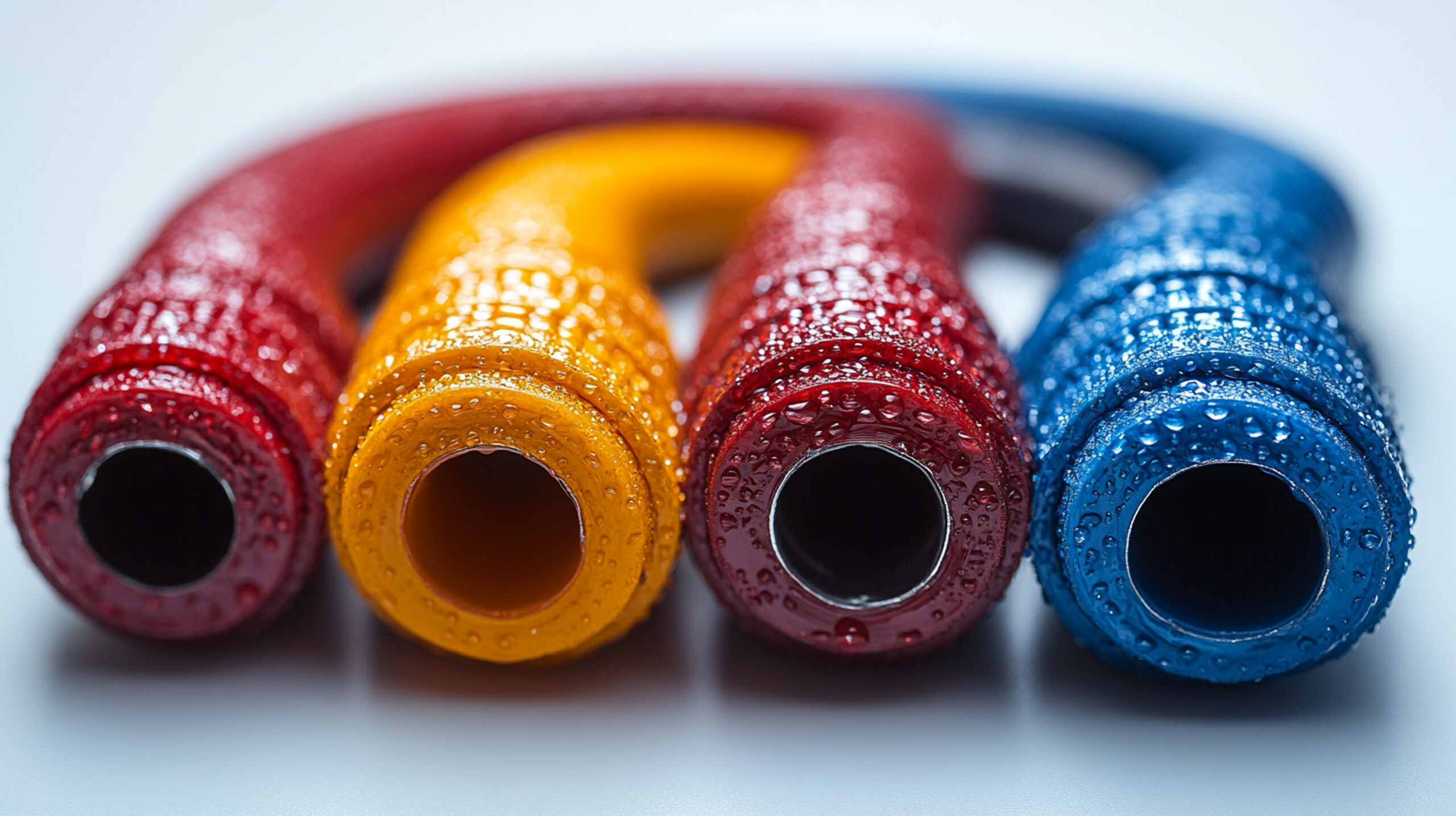Industry Overview
The rubber industry is a critical component of the global economy, serving a wide range of sectors, including automotive, construction, healthcare, industrial manufacturing, and consumer goods. Rubber is primarily classified into natural rubber (NR), derived from rubber trees, and synthetic rubber (SR), produced from petrochemical feedstocks such as butadiene and styrene.
Despite supply chain challenges and fluctuating raw material costs, the rubber market continues to grow due to increasing demand for tires, industrial components, and medical applications. The industry’s future is shaped by sustainability initiatives, advancements in synthetic rubber production, and innovations in recycling technologies.
Market Size & Growth Trends
- Global rubber market size: Valued at $50 billion in 2023, projected to reach $75 billion by 2030, with a CAGR of 5.8%.
- Natural rubber production: Over 14 million metric tons annually, with Thailand, Indonesia, and Vietnam accounting for 70% of global supply.
- Synthetic rubber production: Estimated at 17 million metric tons annually, driven by demand in automotive, footwear, and industrial applications.
- Tire industry dominance: The tire sector consumes over 70% of global rubber production, with the market expected to exceed $350 billion by 2030.
- Recycled rubber market: Currently worth $10 billion, expected to grow at a CAGR of 6.5%, reaching $20 billion by 2035 due to rising circular economy initiatives.
Key Industry Drivers
✅ Automotive & EV Boom – Growing vehicle production, particularly in China, India, and the U.S., driving rubber demand for tires, seals, and hoses.
✅ Sustainability & Circular Economy – Increasing investments in bio-based rubber, recycled rubber, and sustainable sourcing.
✅ Healthcare & Medical Applications – Rising demand for rubber gloves, medical tubing, and protective equipment, driven by global health concerns.
✅ Infrastructure & Industrial Growth – Expansion in construction and heavy machinery sectors boosting demand for rubber belts, seals, and gaskets.
✅ Advancements in Synthetic Rubber – Development of high-performance and eco-friendly rubber materials enhancing durability and efficiency.
Challenges & Risks
⚠️ Volatile Raw Material Prices – Natural rubber prices fluctuate due to climate conditions, geopolitical instability, and supply chain disruptions.
⚠️ Environmental Regulations – Strict policies on rubber plantations, deforestation, and carbon emissions affecting global production.
⚠️ Supply Chain Disruptions – Dependence on Southeast Asian natural rubber suppliers creates risks of shortages and price spikes.
⚠️ Recycling & Waste Management – Less than 10% of rubber waste is currently recycled, leading to environmental concerns.
⚠️ Competition from Alternative Materials – Rise of silicone and thermoplastic elastomers (TPEs) impacting traditional rubber markets.
Regional Insights
- Asia-Pacific – Largest producer and consumer, accounting for 60% of global rubber demand, led by China, India, and Japan.
- Europe – Focus on green rubber innovations and sustainable production, driven by EU regulations.
- North America – Growth in automotive and aerospace rubber applications, supported by technological advancements.
- Latin America & Africa – Emerging production hubs, with Brazil and Côte d’Ivoire expanding natural rubber plantations.
Investment & Business Opportunities
💡 Recycled & Sustainable Rubber – Companies investing in recycled tire rubber, bio-based alternatives, and sustainable plantations can gain market share.
💡 High-Performance Synthetic Rubber – Demand for fuel-efficient, heat-resistant, and lightweight rubber compounds growing at 7% annually.
💡 Tire Retreading & Recycling – Retreading industry expected to exceed $10 billion by 2030, reducing costs and environmental impact.
💡 Rubber for Electric Vehicles (EVs) – EVs require low-rolling resistance tires and heat-resistant rubber parts, opening new market segments.
💡 Advanced Manufacturing Technologies – 3D printing and nanotechnology in rubber production improving performance and reducing waste.
Conclusion & Strategic Outlook
The rubber industry is undergoing a transformation, with sustainability, technological advancements, and supply chain diversification playing key roles in future growth. Companies that invest in circular economy solutions, high-performance synthetic rubber, and bio-based alternatives will maintain a competitive advantage in the evolving global market.
🚀 Future Focus: The industry is expected to move towards eco-friendly production, advanced recycling methods, and innovative rubber applications, with a projected market value exceeding $100 billion by 2040.

